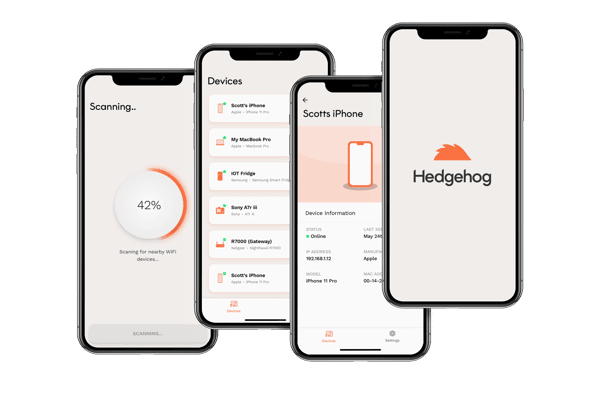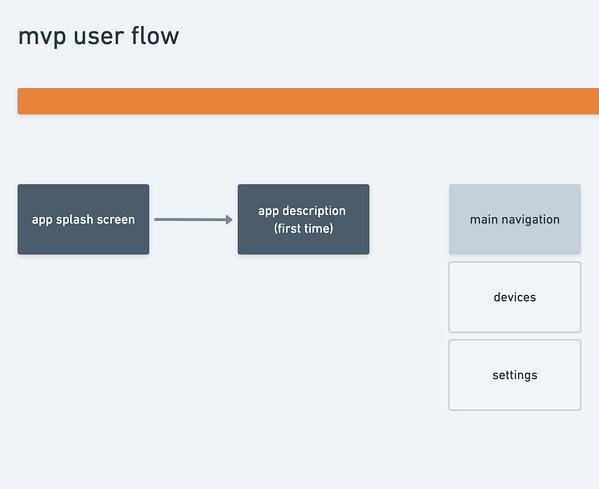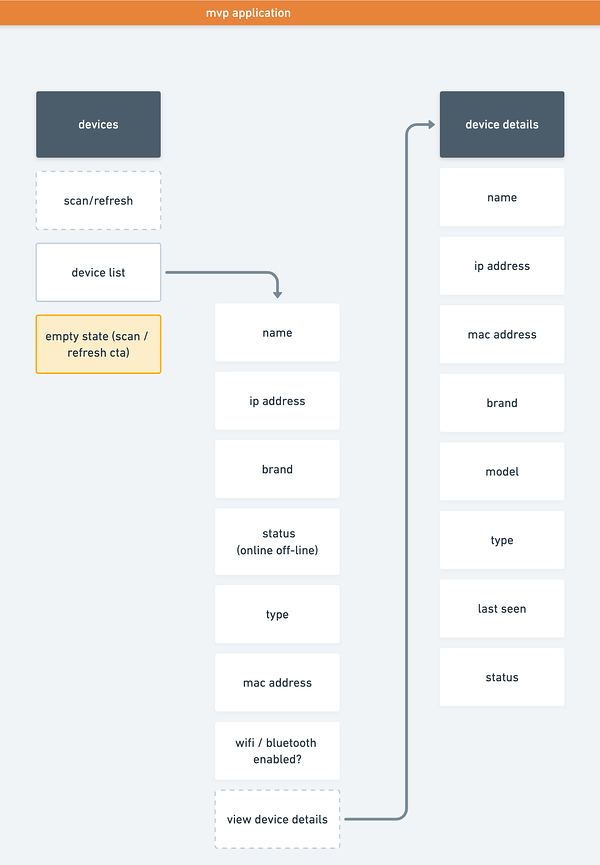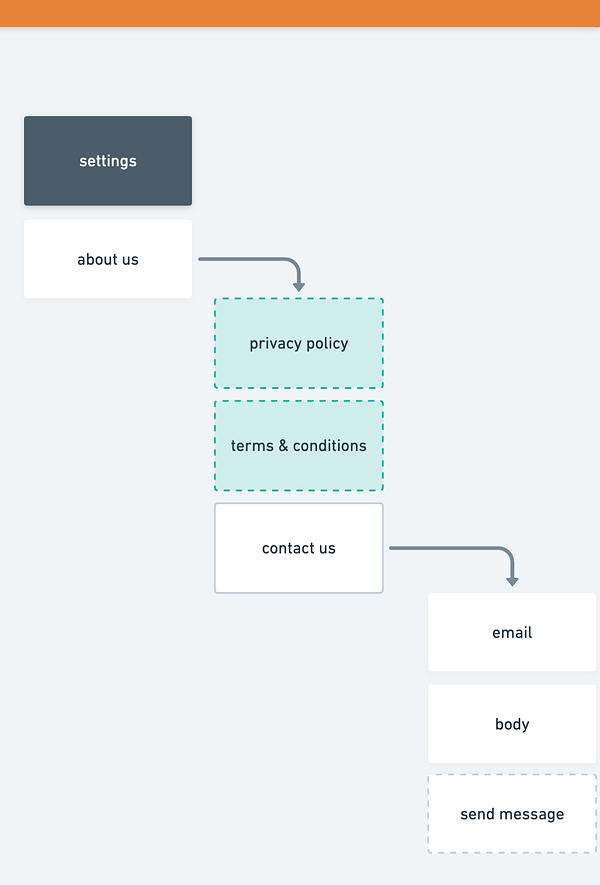BLOG
Building Zobi Hedgehog, Part 1: IoT Mobile App Development
When Zobi, a UK-based technology startup providing cybersecurity solutions for the connected home, chose Very to help develop Hedgehog, their first-ever consumer product, we couldn’t have been more excited to get started.
With reports coming in every day about how easy smart home devices are to hack and anti-virus software and firewalls proving insufficient to stop all cybercrime, Hedgehog offers a valuable solution: making it easy for non-technical people to properly secure their home networks.
For connected households who are concerned about cybercrime, scammers, and data privacy, Zobi Hedgehog is an easy-to-use home network security solution that works alongside traditional anti-virus and firewall solutions. The smart device observes, detects, and stops intruders on the network while providing a WiFi mesh with parental controls and bandwidth prioritization for home workers.
To bring this groundbreaking solution to life, we started with a rigorous Technical Design Sprint where we defined Zobi’s needs, the needs of the end users, and established the best way to bring the best possible solution to market.
The path that we landed on began with the mobile app. In just four weeks, we worked with Zobi to design and build a minimum viable product (MVP) version of the iOS app that Hedgehog owners will use to access and control their Hedgehog IoT device.

Defining the Minimum Viable Product
At Very, we actively avoid the all-too-common mistake of diving into an IoT project and starting work on the most exciting features first. While it’s a tempting approach, it’s not scalable or sustainable and can lead to stalled or stopped projects.
Instead, we take an MVP approach, where we can focus on making sure the product we’re building works for the users who need it, and that it fits into existing infrastructure. While this means not all of the exciting features are available right away, it ends up being a more efficient way to tackle the project and achieve long-term value.
Our goal in this phase of the IoT development project was to leverage the Fing software development kit (SDK) to build a minimal WiFi network scanning iOS app. The app would help Zobi gauge interest in the Hedgehog device and serve as an onramp to future device sales and SaaS subscriptions.
During our Technical Design Sprint, we collaborated with Zobi to define a minimum set of features for the mobile app, including:
- Ability to scan home WiFi network of devices
- Ability to view a list of detected devices
- Ability to view the details of devices on the network
- Settings page providing Zobi’s privacy policy, terms and conditions, and contact information
We also committed to building the app with extensibility in mind to allow smooth further development of post-MVP features.
Crafting Intuitive User Experiences for IoT Mobile Apps
In alignment with the value proposition and Hedgehog branding strategy, it was critical for us during this sprint to create a simple, polished, and compelling first-time user experience in the app and set a solid foundation for further feature development with extensibility in mind.
We began by mapping out the most frictionless and intuitive user journey through all of the app’s features, making sure it was not only easy to navigate, but that it also had a logical flow of information and interactions that will keep users engaged, and their behaviors predictable. Here’s a breakdown of the user flow:
Phase 1

Phase 2

Phase 3

From there, we were able to start designing intuitive screens that aligned with Hedgehog’s distinctive brand.
Using React Native for Mobile Application Development
As we do for most of our mobile app development projects, our application developers used React Native to build the Hedgehog app. React Native is an open-source JavaScript framework for building cross-platform mobile apps, originally based on the React library for creating user interfaces.
React Native is our first choice for mobile app development at Very because:
- It helps us to save on overall time and effort.
- The framework benefits from a robust open-source community.
- React Native is a cost-effective solution.
While this stage of the project focused specifically on an iOS app, we will be working on an Android version in the next phase. Recreating an iOS mobile app for Android, however, is highly time- and labor-intensive. By building a React Native app, we only have to build the product once, catching both iOS and Android bugs along the way.
The Results
We completed the MVP app build in just four weeks, with work divided up like so:
- App setup and groundwork: 3 days
- App screens: 8 days
- Scan button build and test: 2 days
- Connected device list build and test: 2 days
- Connected device details build and test: 2 days
- Settings and sub-screens build and test: 2 days
- Fing SDK integration: 9 days
The app meets all of the requirements we set out to accomplish, and we’re ready to move on to the next phase of the IoT development process.
Next Up: IoT Device Development
After we created the MVP version of the iOS app, we launched an Android version in just two weeks. Next, it’s time to create a hardware proof-of-concept device that captures network traffic data.
For our next milestone, we will de-risk and validate device capability before moving to future milestone development with mobile app integration and vulnerability scans.
Stay tuned for Part 2 of this series to learn more about the next part of the process.
Have an IoT mobile app of your own you’d like help with? Tell us more about your project today.











